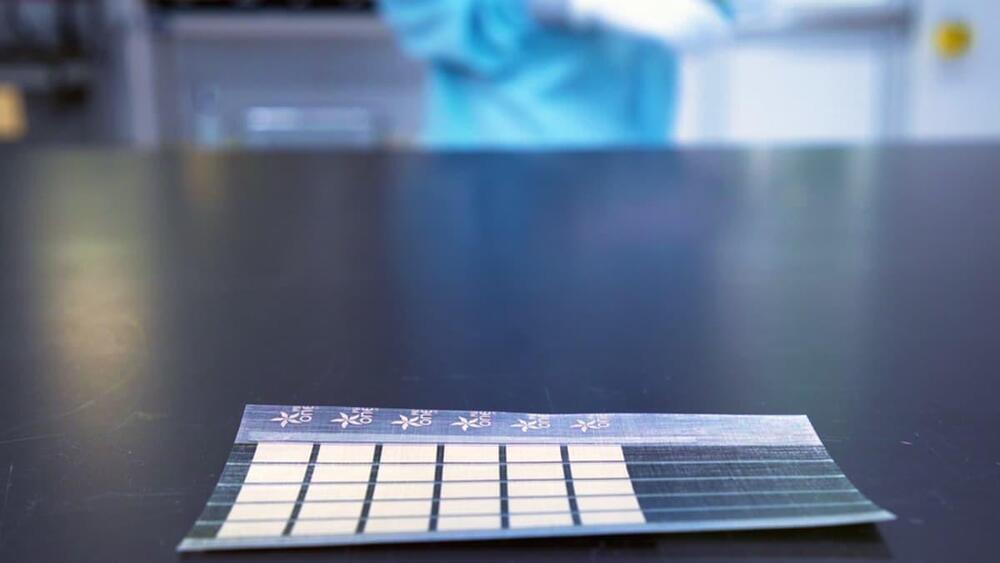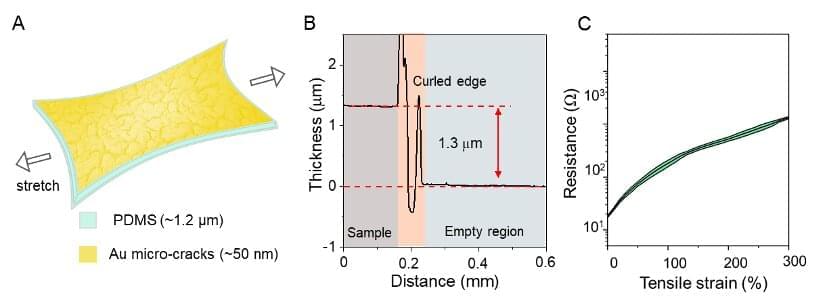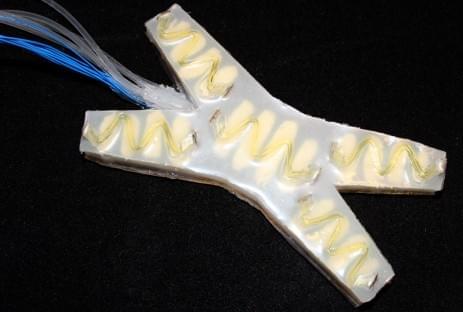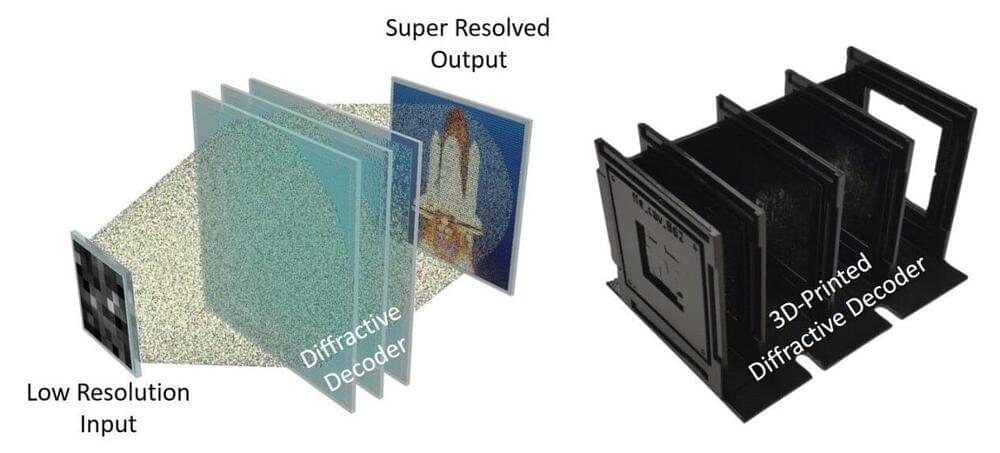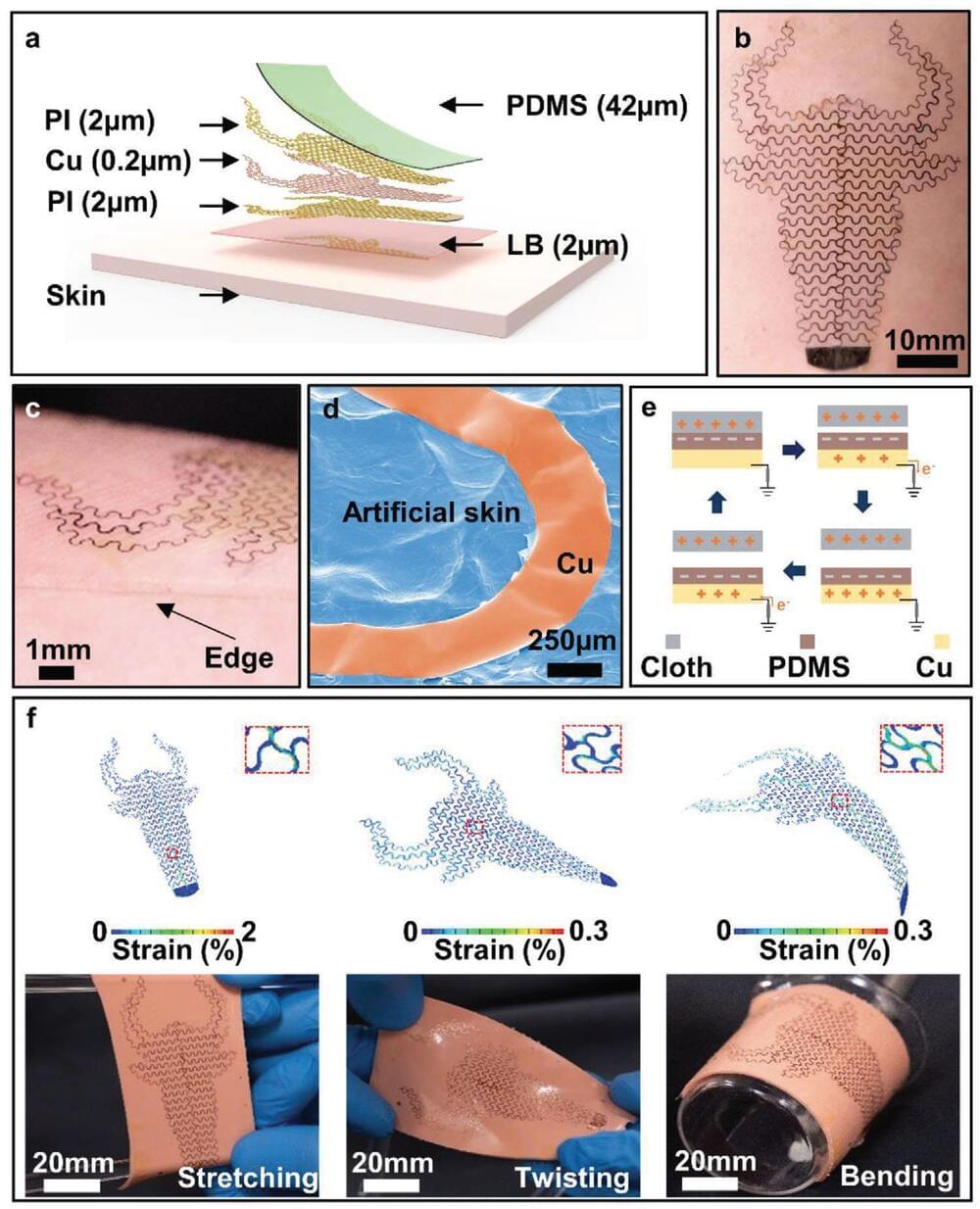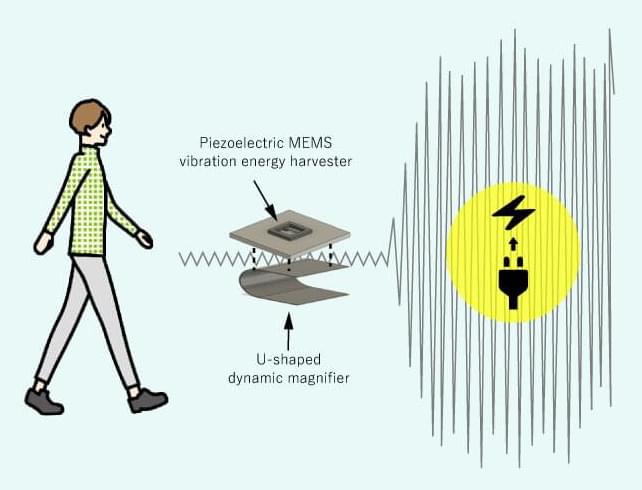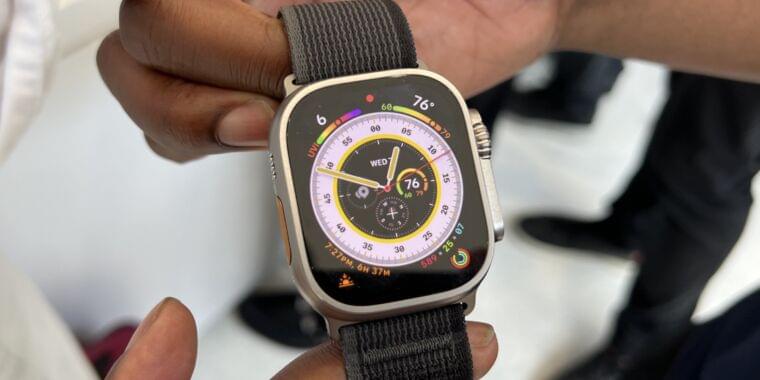Imagine brain implants that let you control devices by thought alone—or let computers read your mind. It’s early days, but research into this technology is well under way.
Film supported by @mishcondereya.
00:00 — Are brain implants the future of computing?
00:58 — Headsets are changing how brains interact with the virtual world.
02:24 — What is a brain computer interface?
03:24 — What’s holding this technology back?
04:00 — How wearable BCIs can read your mind.
06:27 — How BCIs physically alter the brain.
07:17 — Invasive brain implants.
09:14 — The first human cyborg.
09:51 — What’s next?
Sign up to our science newsletter to keep up to date: https://econ.st/3Mn3IR3
Read our Technology Quarterly on fixing the brain: https://econ.st/3rTay7o.
What does a brain-computer interface feel like? https://econ.st/3z07haD

